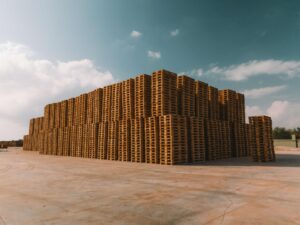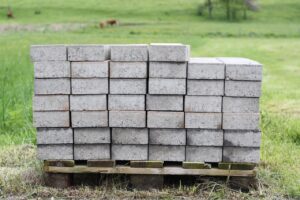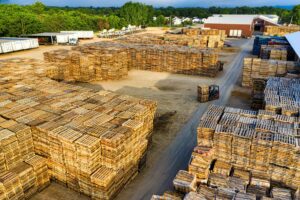Introduction
In a world grappling with environmental challenges, every small change we make can contribute to a sustainable future. One significant shift gaining traction is the transition from plastic to bamboo. This seemingly humble grass is emerging as a powerful alternative to the ubiquitous plastic products that have inundated our lives. In this blog, we’ll explore the environmental impact of both bamboo and plastic and why making the switch to bamboo can be a pivotal step towards a greener tomorrow.
The Problem with Plastic
Plastic, while revolutionary in its versatility and convenience, has become an environmental nightmare. Its production relies heavily on fossil fuels, contributing to climate change. Moreover, plastic pollution is wreaking havoc on our oceans, harming marine life and ecosystems. Single-use plastics, such as straws, bags, and bottles, are major culprits, taking centuries to decompose and leaving a lasting imprint on the environment.
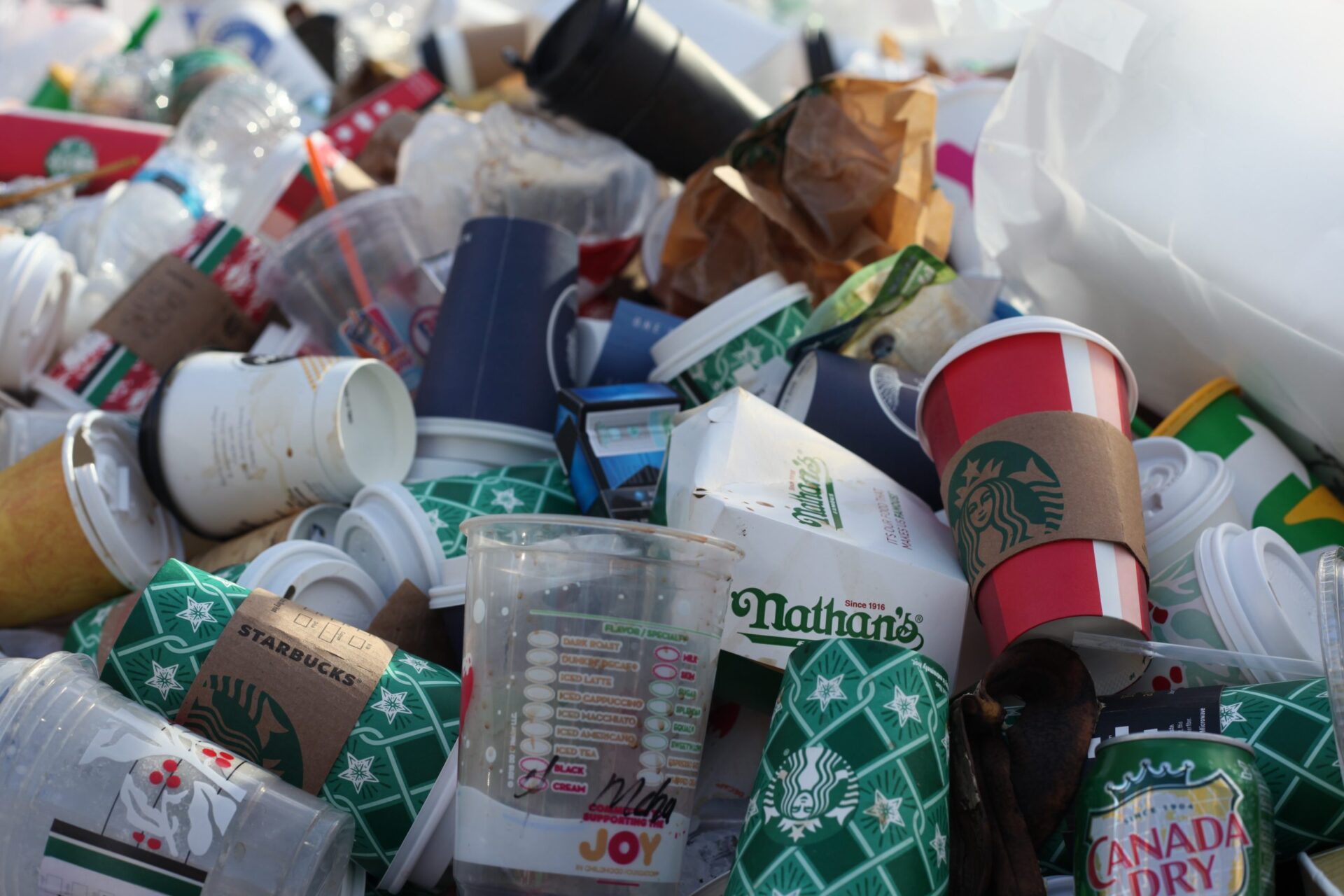
The Rise of Bamboo
Enter bamboo, a fast-growing, renewable resource that has been used for centuries in various cultures. Unlike plastic, bamboo is biodegradable, meaning it can naturally break down without leaving harmful residues. Its rapid growth, sometimes as much as one meter per day, makes it a highly sustainable option. Additionally, bamboo forests contribute to carbon sequestration, aiding in the fight against climate change.
From utensils and toothbrushes to clothing and building materials, the versatility of bamboo is staggering. Bamboo products are not only eco-friendly but also durable and aesthetically pleasing. Bamboo’s natural antibacterial properties make it an ideal material for items like cutting boards and kitchen utensils, reducing the need for harmful chemical treatments. Making the switch to bamboo is an effective way to reduce plastic waste. Bamboo products, particularly those designed for single-use purposes, offer a viable alternative to their plastic counterparts. Bamboo straws, for instance, provide a sustainable option for those seeking to eliminate their reliance on plastic straws, which are notorious for their environmental impact.
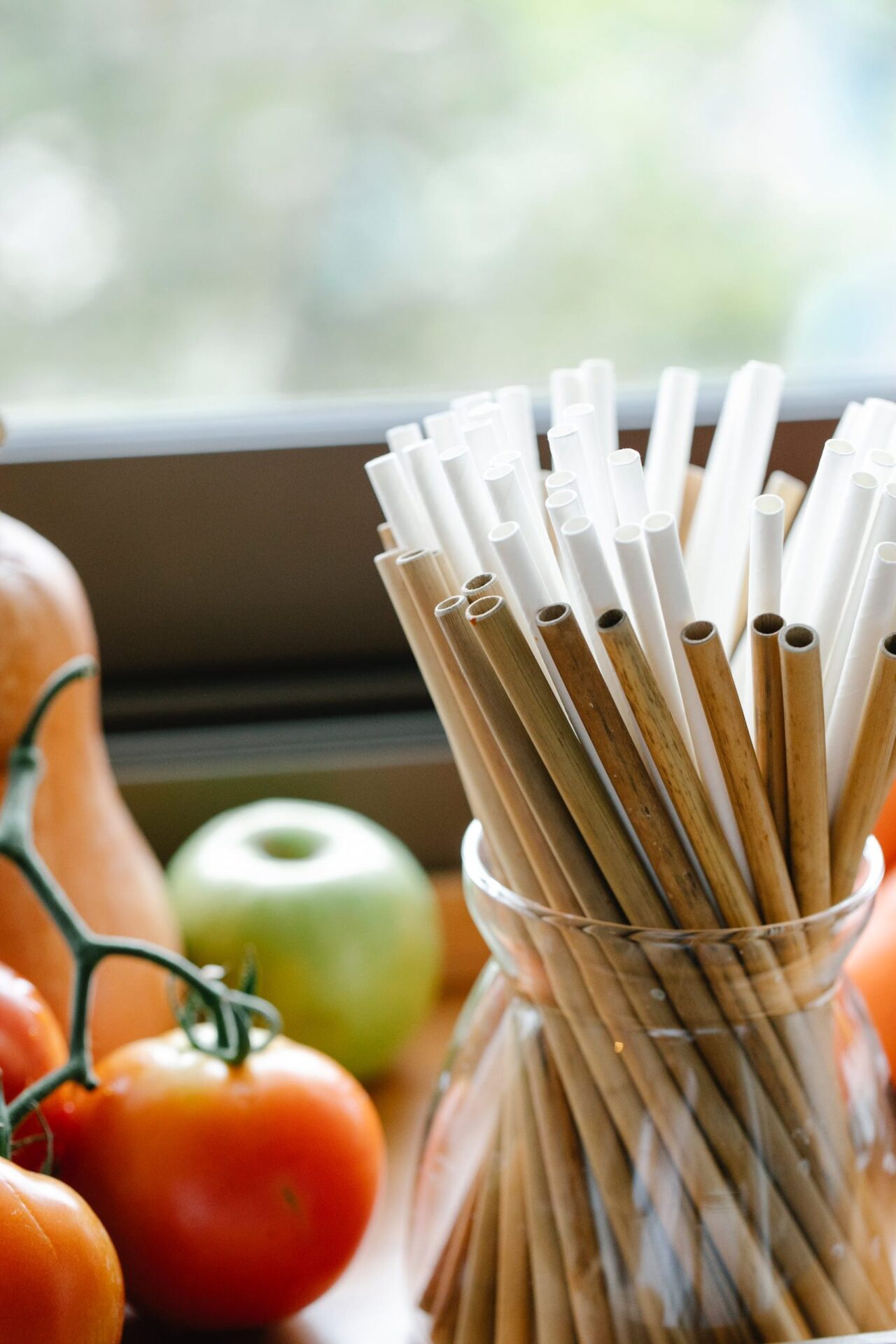
The Role of Consumer Choices
As consumers, our choices wield significant power. By opting for bamboo products over plastic, we send a clear message to industries about our commitment to sustainability. This demand can stimulate the growth of bamboo-related industries, fostering a market for eco-friendly alternatives. As more people make the switch, the collective impact can be substantial, prompting industries to reevaluate their practices and prioritize sustainability.
Challenges and Considerations
While bamboo presents a promising alternative to plastic, it’s essential to acknowledge certain challenges. Bamboo cultivation can sometimes involve intensive water use, and transportation of bamboo products over long distances may contribute to carbon emissions. However, these challenges are relatively minor when compared to the long-term benefits of reducing plastic consumption.
Conclusion
In the battle against environmental degradation, every decision counts. Making the switch from plastic to bamboo may seem like a small step, but it holds immense potential for positive change. By choosing bamboo products, we contribute to the preservation of our planet for future generations. The transition to bamboo is not just about replacing one material with another; it’s about adopting a mindset that values sustainability, environmental responsibility, and a greener tomorrow.


